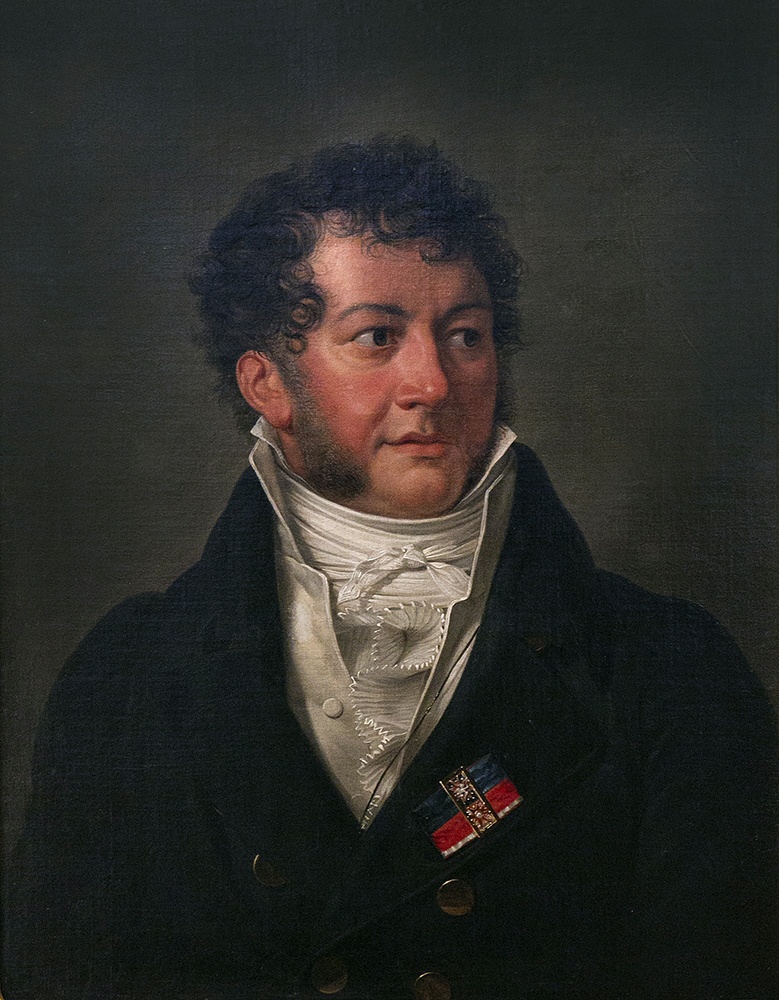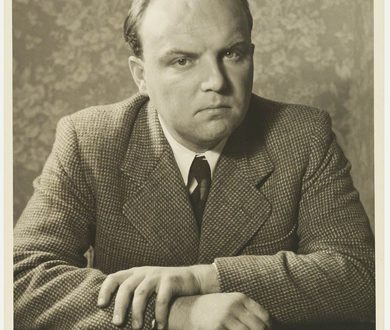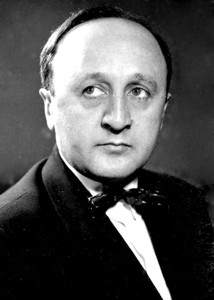
Michal Kleofas Ogiński (Michał Kleofas Ogiński) |
Michał Kleofas Ogiński
The life path of the Polish composer M. Oginsky is like a fascinating story, replete with sudden twists of fate, closely connected with the tragic fate of his homeland. The name of the composer was surrounded by a halo of romance, even during his lifetime many legends arose about him (for example, he “learned” about his own death more than once). The music of Oginsky, sensitively reflecting the mood of the time, greatly increased interest in the personality of its author. The composer also had literary talent, he is the author of Memoirs about Poland and Poles, articles on music, and poetry.
Oginsky grew up in a highly educated noble family. His uncle Michal Kazimierz Ogiński, the Great Hetman of Lithuania, was a musician and poet, played several instruments, composed operas, polonaises, mazurkas, and songs. He improved the harp and wrote an article about this instrument for Diderot’s Encyclopedia. In his residence Slonim (now the territory of Belarus), where the young Oginsky often came, there was a theater with opera, ballet and drama troupes, an orchestra, Polish, Italian, French and German operas were staged. A true figure of the Enlightenment, Michal Kazimierz organized a school for local children. Such an environment created fertile ground for the development of Oginsky’s versatile abilities. His first music teacher was the then young O. Kozlovsky (who served as a court musician for the Oginskys), later an outstanding composer who made a significant contribution to Polish and Russian musical culture (the author of the famous polonaise “Thunder of victory, resound”). Oginsky studied the violin with I. Yarnovich, and then improved in Italy with G. Viotti and P. Baio.
In 1789, Oginsky’s political activity begins, he is the Polish ambassador to the Netherlands (1790), England (1791); returning to Warsaw, he holds the post of treasurer of Lithuania (1793-94). Nothing seemed to overshadow a brilliantly started career. But in 1794, T. Kosciuszko’s uprising broke out for the restoration of the country’s national independence (the Polish-Lithuanian kingdom of the Commonwealth was divided between Prussia, Austria and the Russian Empire). Being a passionate patriot, Oginsky joins the rebels and actively participates in the struggle, and gives all his property “as a gift to the motherland.” The marches and battle songs created by the composer during these years became very popular and were popular among the rebels. Oginsky is credited with the song “Poland has not yet died” (its author has not been precisely established), which later became the national anthem.
The defeat of the uprising caused the need to leave their homeland. In Constantinople (1796) Oginsky becomes an active figure among the Polish patriots who emigrated. Now the eyes of the Poles are hopefully fixed on Napoleon, who was then perceived by many as the “general of the revolution” (L. Beethoven intended to dedicate the “Heroic Symphony” to him). The glorification of Napoleon is connected with the appearance of Oginsky’s only opera Zelida and Valcour, or Bonaparte in Cairo (1799). Years spent traveling in Europe (Italy, France) gradually weakened the hope for the revival of an independent Poland. The amnesty of Alexander I (including the return of estates) allowed the composer to come to Russia and settle in St. Petersburg (1802). But even in the new conditions (since 1802 Oginsky was a senator of the Russian Empire), his activities were aimed at improving the situation of the motherland.
Actively participating in political life, Oginsky could not devote much time to composing music. In addition to opera, martial songs and several romances, the main part of his small legacy is piano pieces: Polish dances – polonaises and mazurkas, as well as marches, minuets, waltzes. Oginsky became especially famous for his polonaises (more than 20). He was the first to interpret this genre not as a purely dance genre, but rather as a lyrical poem, a piano piece independent in its expressive meaning. A decisive fighting spirit is adjacent to Oginsky with images of sadness, melancholy, reflecting the sentimentalist, pre-romantic moods floating in the air of that time. The clear, elastic rhythm of the polonaise is combined with the smooth vocal intonations of the romance-elegy. Some polonaises have program names: “Farewell, Partition of Poland.” The polonaise “Farewell to the Motherland” (1831) is still very popular to this day, immediately, from the very first notes, creating an atmosphere of confidential lyrical expression. Poetizing Polish dance, Oginsky opens the way for the great F. Chopin. His works were published and performed throughout Europe – in Paris and St. Petersburg, Leipzig and Milan, and, of course, in Warsaw (since 1803, the outstanding Polish composer J. Elsner regularly included them in his monthly collection of works by domestic composers).
Shaken health forced Oginsky to leave St. Petersburg and spend the last 10 years of his life in Italy, in Florence. Thus ended the life of the composer, rich in various events, who stood at the origins of Polish romanticism.
K. Zenkin





